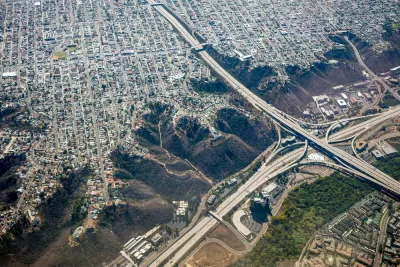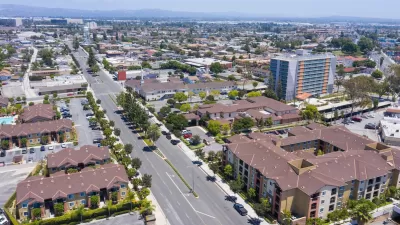As California moves to hold local governments accountable for housing production goals, a report finds a 900,000-unit discrepancy. Offered here is the Embarcadero Institute's response to criticism received regarding the report's conclusions.

TPR recently shared a new report from Embarcadero Institute disputing the accuracy of the California's methodology for calculating housing needs. With the state moving to hold local governments accountable for meeting housing production goals, the report found a 900,000 unit discrepancy. Offered here is Embarcadero Institute's response to criticism received regarding the report's conclusions.
Report author Gab Layton has a Ph.D. in Aerospace Engineering and currently serves on the advisory board of the Stanford Institute for Economic Policy Research. Layton asserts that the report findings are basic arithmetic analyzing data reported by government agencies. All data and analyses are available in spreadsheets published alongside the report so that all work can be reviewed:
"All data and analyses are available in spreadsheets published alongside the report so that all work can be reviewed. It’s all basic arithmetic. We can assure you that no differential equations were harmed in the making of this report."
FULL STORY: Embarcadero Institute Responds to Housing Formula Report Critiques

Planetizen Federal Action Tracker
A weekly monitor of how Trump’s orders and actions are impacting planners and planning in America.

Congressman Proposes Bill to Rename DC Metro “Trump Train”
The Make Autorail Great Again Act would withhold federal funding to the system until the Washington Metropolitan Area Transit Authority (WMATA), rebrands as the Washington Metropolitan Authority for Greater Access (WMAGA).

The Simple Legislative Tool Transforming Vacant Downtowns
In California, Michigan and Georgia, an easy win is bringing dollars — and delight — back to city centers.

The States Losing Rural Delivery Rooms at an Alarming Pace
In some states, as few as 9% of rural hospitals still deliver babies. As a result, rising pre-term births, no adequate pre-term care and "harrowing" close calls are a growing reality.

The Small South Asian Republic Going all in on EVs
Thanks to one simple policy change less than five years ago, 65% of new cars in this Himalayan country are now electric.

DC Backpedals on Bike Lane Protection, Swaps Barriers for Paint
Citing aesthetic concerns, the city is removing the concrete barriers and flexposts that once separated Arizona Avenue cyclists from motor vehicles.
Urban Design for Planners 1: Software Tools
This six-course series explores essential urban design concepts using open source software and equips planners with the tools they need to participate fully in the urban design process.
Planning for Universal Design
Learn the tools for implementing Universal Design in planning regulations.
Smith Gee Studio
City of Charlotte
City of Camden Redevelopment Agency
City of Astoria
Transportation Research & Education Center (TREC) at Portland State University
US High Speed Rail Association
City of Camden Redevelopment Agency
Municipality of Princeton (NJ)





























